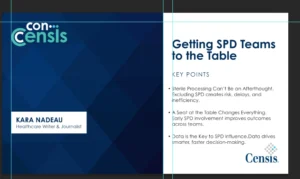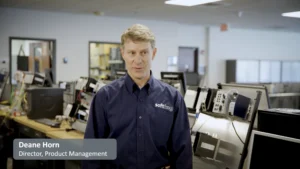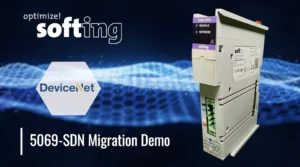Distributed I/O vs. Centralized I/O Baggage Handling
For airports, baggage handling is a critical component in all aspects of the travel experience. The right systems and process in place mean safe and reliable baggage delivery to the people who put their trust in the airports to ensure a flawless transition from A-Z.
Airports use two types of systems for baggage handling, distributed and centralized I/O. Steve Reed, VP of Engineering & Safety for Kasa Controls & Automation, spoke about these two systems to help sort out the similarities and differences and identify which approach makes the most sense for today’s baggage-handling needs.
The debate centers on the location of the I/O (Input/output) module.
“Is it located near the processor, which is a more centralized system, or is it distributed, where the I/O is located more closely to the field device itself?,” Reed said.
While centralized I/Os are more traditional, Reed feels the distributed I/O model provides many advantages.
“It’s easier to see how wiring configuration with a distributed system,” Reed said. “It’s also easier to install and replace faulty components.”
And, because the I/O is out in the field, distributed systems make the information more granular from the device.
Centralized systems may still be the norm in many facilities due to the initial lower build costs and contractors’ traditional mindset. But is that lower upfront cost sacrificing better performance, more useful data, critical time saving of baggage handling, and expensive maintenance and replacement?
“The long-term cost of ownership the best solution may be a distributed system, but because the initial cost is higher, often centralized systems still win the bid today,” Reed said. “That said, one way to help fix that is to get more electricians and installers to understand the advantages of a distributed system with regards to how long it takes to install. It significantly reduces the installation and testing time during the initial build.”
Follow us on social media for the latest updates in B2B!
Twitter – @MarketScale
Facebook – facebook.com/marketscale
LinkedIn – linkedin.com/company/marketscale









